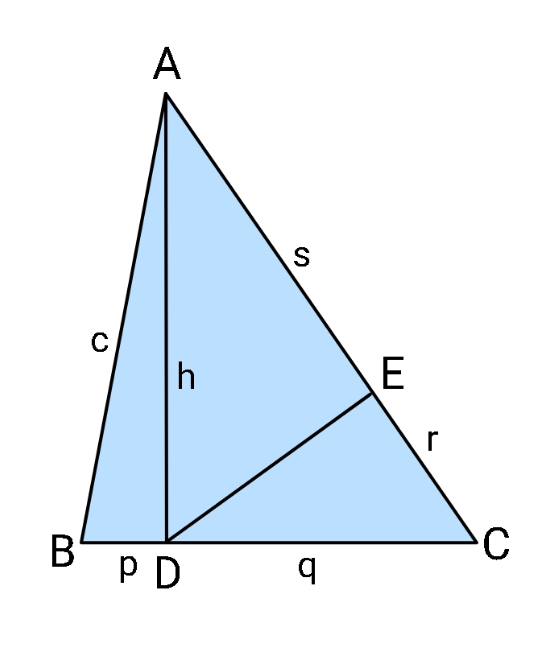
MensurationQuestion and Answers: Page 8
Question Number 176281 Answers: 0 Comments: 3
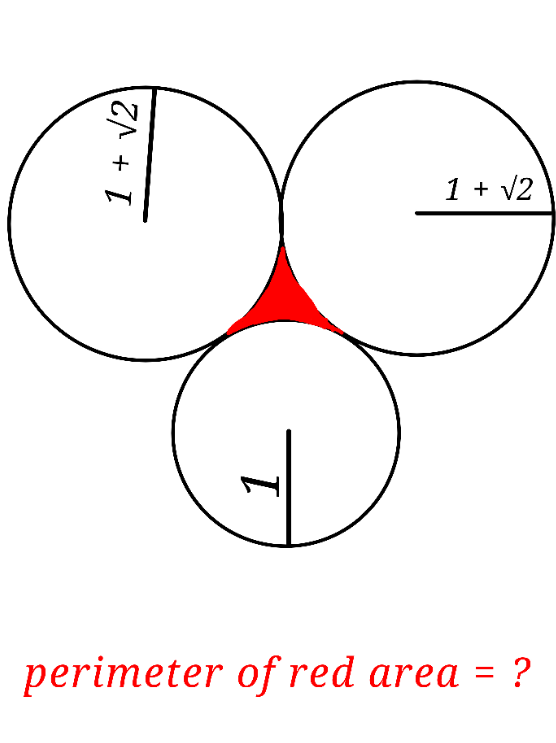
Question Number 173870 Answers: 0 Comments: 0
Question Number 176821 Answers: 0 Comments: 2
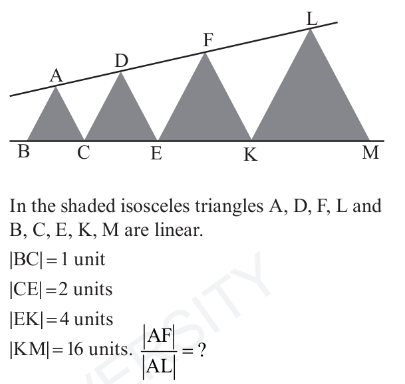
Question Number 176820 Answers: 0 Comments: 20
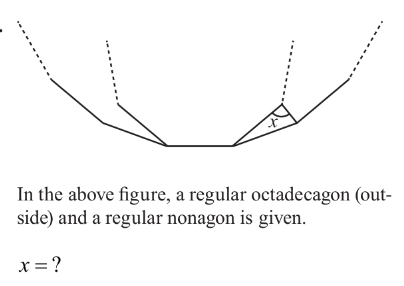
Question Number 176816 Answers: 3 Comments: 4
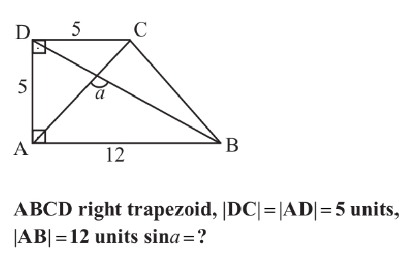
Question Number 173124 Answers: 2 Comments: 2
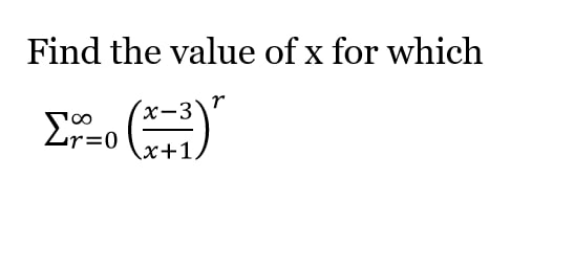
Question Number 172269 Answers: 0 Comments: 0
Question Number 172266 Answers: 1 Comments: 0
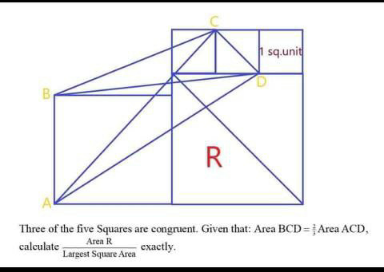
Question Number 176848 Answers: 1 Comments: 0
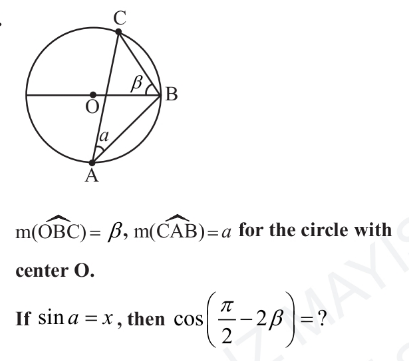
Question Number 176853 Answers: 2 Comments: 0
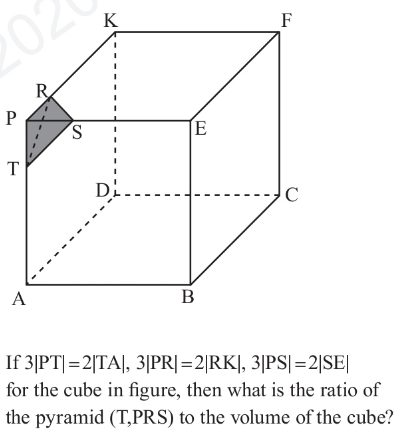
Question Number 170683 Answers: 0 Comments: 0
Question Number 170552 Answers: 1 Comments: 1
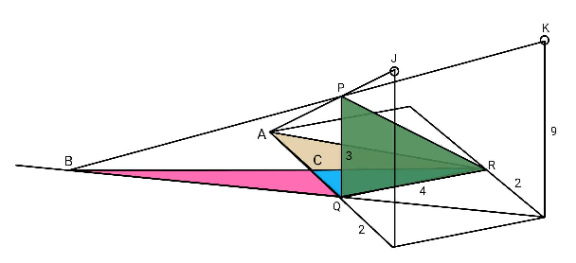
Question Number 169088 Answers: 1 Comments: 0
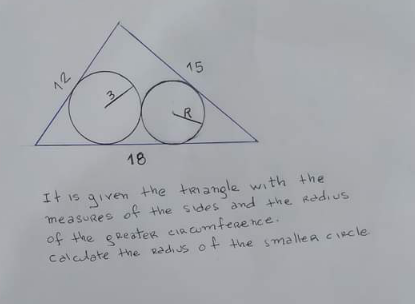
Question Number 168979 Answers: 0 Comments: 0
Question Number 168906 Answers: 1 Comments: 0
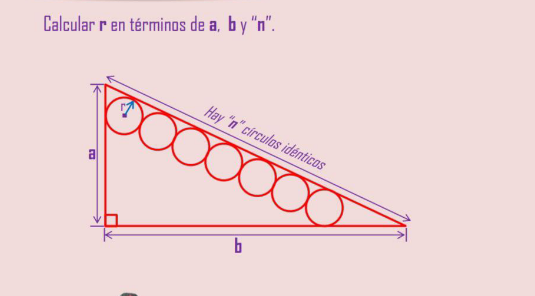
Question Number 168558 Answers: 2 Comments: 1
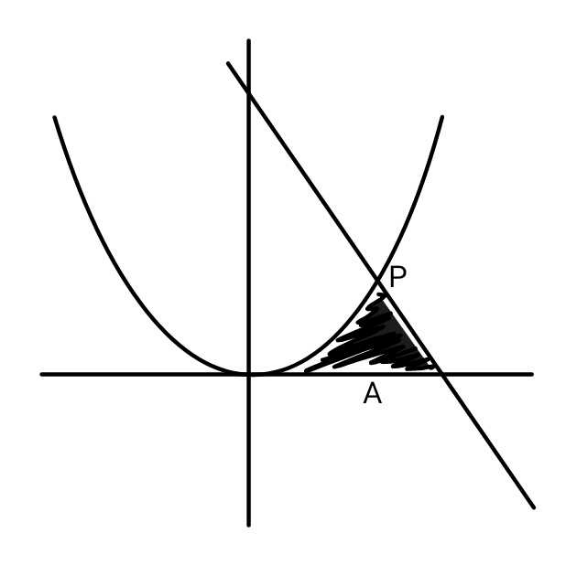
Question Number 168233 Answers: 1 Comments: 0
Question Number 167520 Answers: 1 Comments: 0
Question Number 165965 Answers: 2 Comments: 0
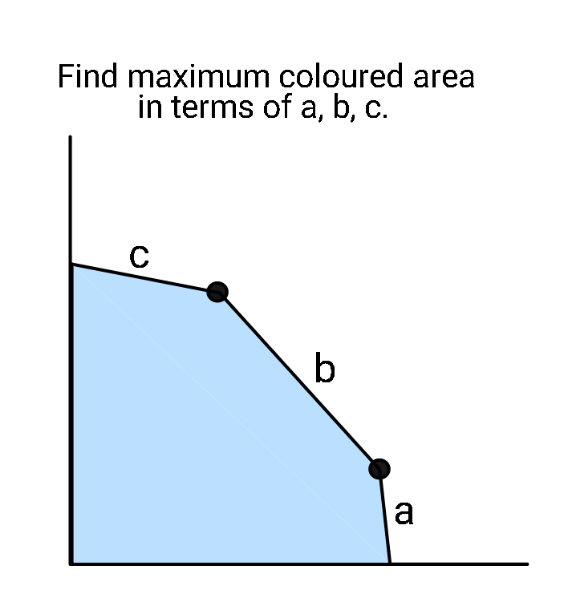
Question Number 165565 Answers: 2 Comments: 0
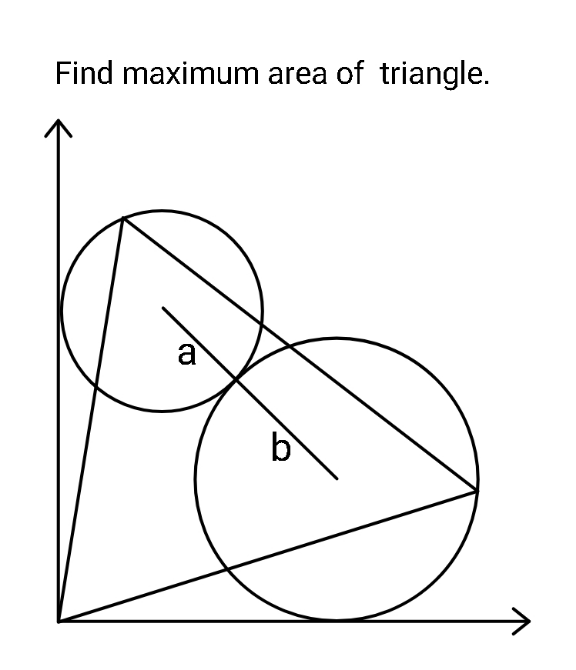
Question Number 165232 Answers: 1 Comments: 1
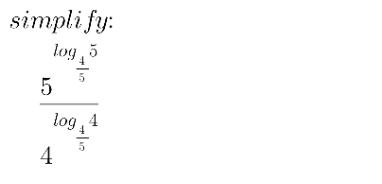
Question Number 164347 Answers: 0 Comments: 4
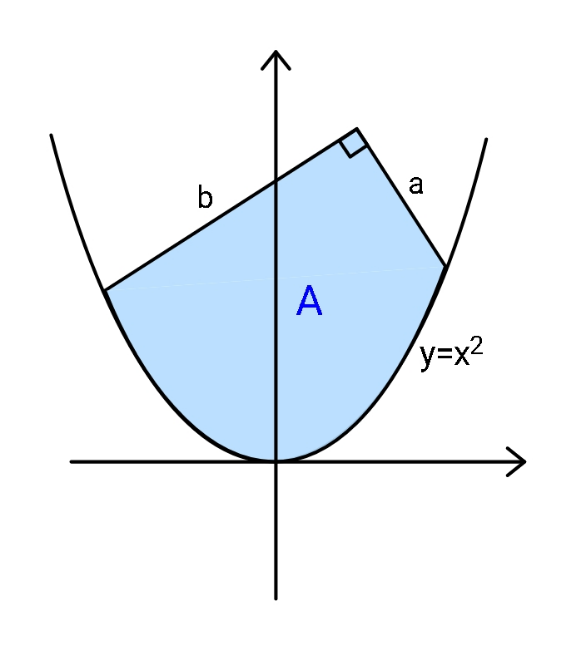
Question Number 164305 Answers: 2 Comments: 1
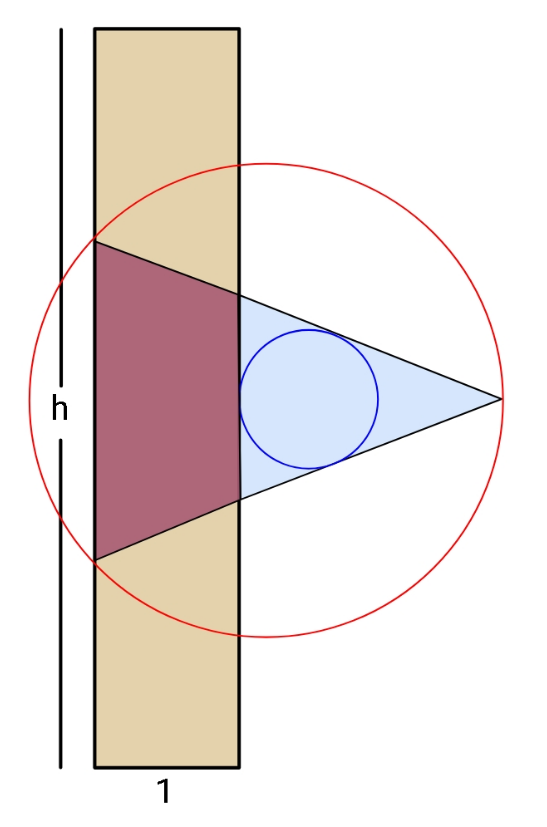
Question Number 158977 Answers: 0 Comments: 0

Question Number 158751 Answers: 0 Comments: 0
Question Number 158740 Answers: 1 Comments: 1
